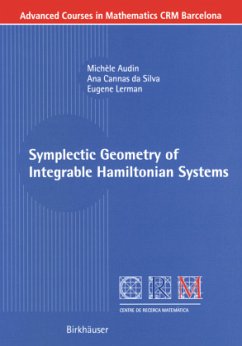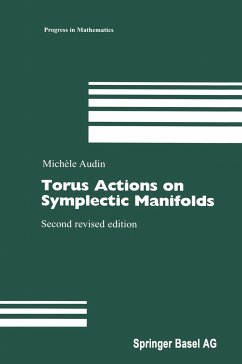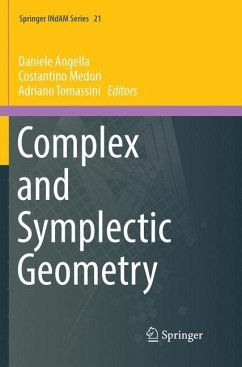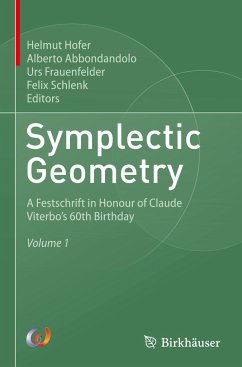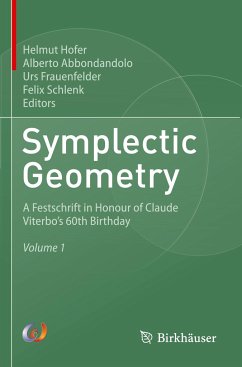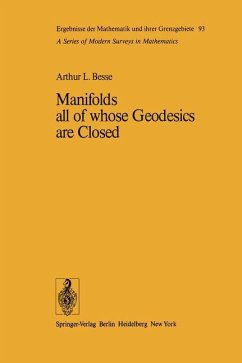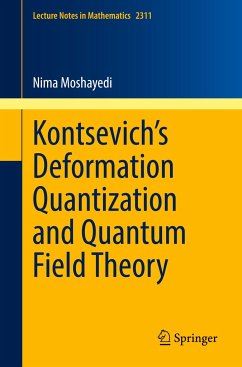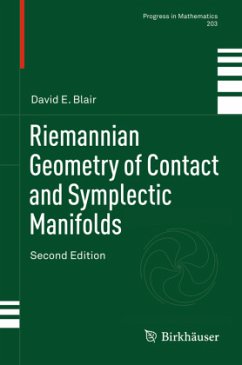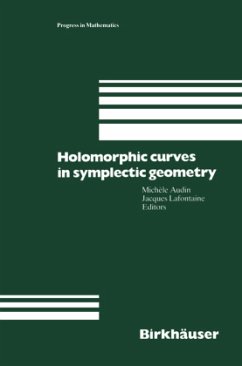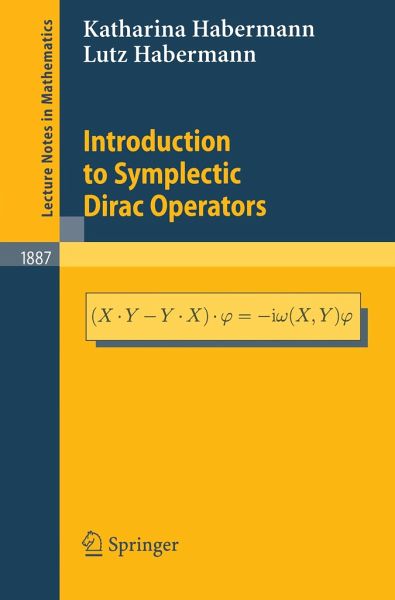
Introduction to Symplectic Dirac Operators

PAYBACK Punkte
14 °P sammeln!
One of the basic ideas in differential geometry is that the study of analytic properties of certain differential operators acting on sections of vector bundles yields geometric and topological properties of the underlying base manifold. Symplectic spinor fields are sections in an L^2-Hilbert space bundle over a symplectic manifold and symplectic Dirac operators, acting on symplectic spinor fields, are associated to the symplectic manifold in a very natural way. They may be expected to give interesting applications in symplectic geometry and symplectic topology. These symplectic Dirac operators...
One of the basic ideas in differential geometry is that the study of analytic properties of certain differential operators acting on sections of vector bundles yields geometric and topological properties of the underlying base manifold. Symplectic spinor fields are sections in an L^2-Hilbert space bundle over a symplectic manifold and symplectic Dirac operators, acting on symplectic spinor fields, are associated to the symplectic manifold in a very natural way. They may be expected to give interesting applications in symplectic geometry and symplectic topology. These symplectic Dirac operators are called Dirac operators, since they are defined in an analogous way as the classical Riemannian Dirac operator known from Riemannian spin geometry. They are called symplectic because they are constructed by use of the symplectic setting of the underlying symplectic manifold. This volume is the first one that gives a systematic and self-contained introduction to the theory of symplectic Dirac operators and reflects the current state of the subject. At the same time, it is intended to establish the idea that symplectic spin geometry and symplectic Dirac operators may give valuable tools in symplectic geometry and symplectic topology, which have become important fields and very active areas of mathematical research.





